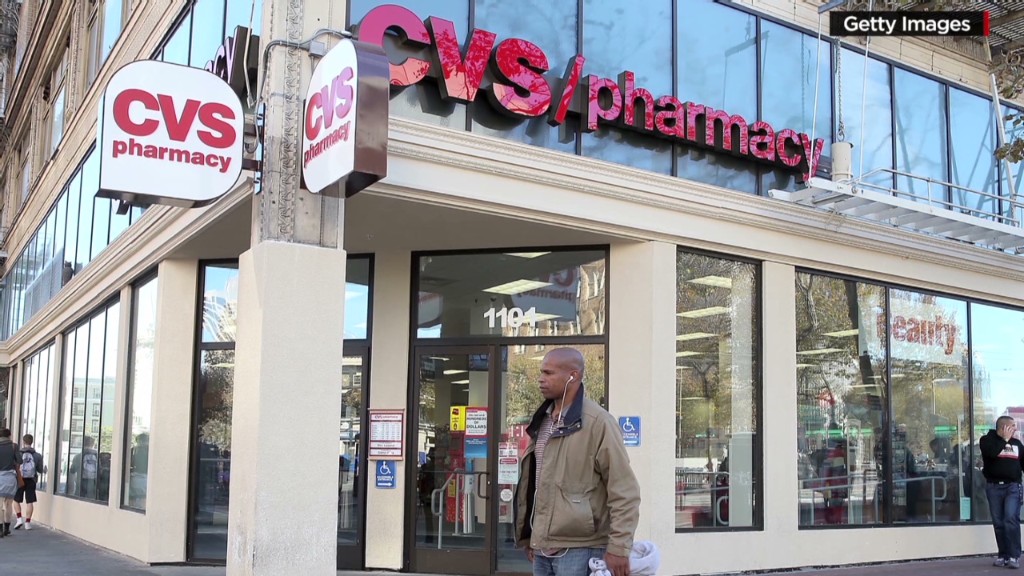
National health spending will increase modestly over the next decade, propelled in part by the gradual rebound of the U.S. economy and the growing ranks of Americans who became insured under the Affordable Care Act, government actuaries projected.
But those growth rates are not as high as what the country saw for the two decades before the Great Recession, according to the report from the Centers for Medicare & Medicaid Services Office of the Actuary, issued Wednesday.
The actuaries estimate that health spending grew just 3.6% in 2013, the fifth year of historically low rates of spending growth. But it will accelerate to 5.6% this year. They also forecast that the average growth rate for 2015-2023 would be 6%. That is up just slightly from last year's projection.
The findings also suggest that health care will outpace growth in the gross domestic product over the next decade. Health care's share of GDP, which has remained fairly stable since 2009, will rise from 17% in 2012 to more than 19% in 2023.
Related: U.S. health care: We pay more, wait longer than other countries
While some health care analysts and Obama administration officials have said the Affordable Care Act is reducing costs, CMS actuaries are no longer measuring the effects of the law on health care spending. Also, it is too soon to estimate the impact of the health law's delivery system changes on the nation's health care system.
Both the weak economy and changes within the health care industry contributed to the slowdown, said Paul Ginsburg, a public policy professor at the University of Southern California.
"This very steep recession and this very slow recovery from it, especially when you look at the very low growth in wages, is something that has definitely depressed health care spending. The implication of higher deductibles, of greater cost sharing, that's important as well," he said.
Related: No more smokes at CVS
Better economic conditions, the aging of the baby boomer generation into Medicare and increased number of people with insurance are expected to result in greater demand for health care goods and services and faster rates of spending growth, the researchers said.
Those trends will be countered by somewhat slower growth in Medicare payment rates mandated by the health law and cuts made to hospitals and doctors in the congressional budget-cutting efforts. Also, the increasing use of higher deductibles in private insurance plans has cut down on consumer health spending.
Other key takeaways from the CMS report include:
-- Medicare spending growth slowed from 4.8% in 2012 to 3.3% last year. Ongoing enrollment of baby boomers and more spending on older beneficiaries will cause Medicare expenditures to rise 7.9% in 2020.
-- Medicaid's growth rate is expected to rise from 3.3% in 2012 to 6.7% last year, reflecting the health law's Medicaid expansion and the effect of the law's temporary payment increase for primary care physicians, among other factors. Medicaid spending will spike nearly 13% this year, but the growth rate will fall back to 6.7% the following year.
-- In 2014, private health insurance premiums are projected to grow 6.8%, largely a result of higher per-enrollee spending and increased insurance coverage through the online exchanges and individually purchased insurance.
-- The number of uninsured people is projected to fall from about 45 million in 2012 to 23 million by 2023.
Kaiser Health News is an editorially independent program of the Kaiser Family Foundation.


